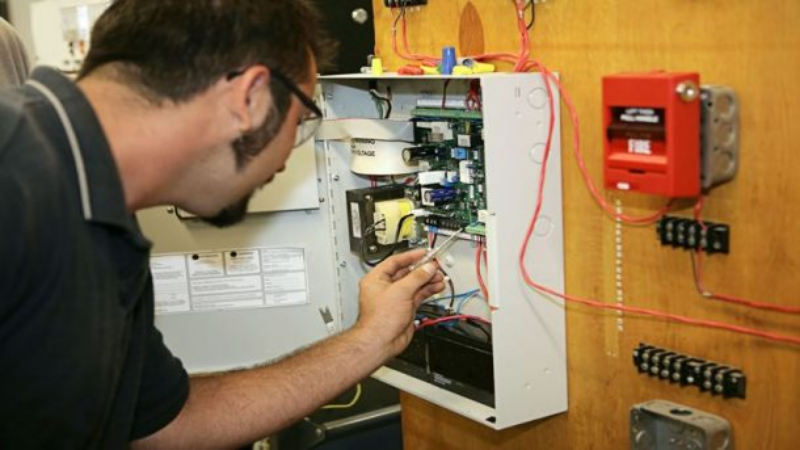A USB cable is used to connect devices to a host. The common hosts that are connected by USB cables include computers, printers and external hard drives. There are a number of standards for a Universal Serial Bus cable but those that are compliant with 1.1 specifications will also work with USB 2.o technology. The reverse is also true. A USB cable is easy to identify, all have a trident on the top of the plug over-mold.
USB cables can be fitted with a number of different plugs, all designed to interconnect with the appropriate receptacle that is integral with the host device. These connector types are commonly referred to as Types A and B standard, micro A and B, mini B and micro AB, all of which are different. The connector commonly found on PCs is Standard type A, standard type B USB connectors are often found on large peripherals such as printers and scanners. The smaller devices, mini and micro are found on miniature devices such as digital cameras and smart phones. If the device is designed to be connected to a computer, one of the connectors will be suitable for the device and the other end will be a standard A plug for use with the computer.
A standard USB cable contains a number of individual conductors. One conductor is a pathway for a five volt power supply, one is for ground and the remaining two are twisted pair data conductors. A standard USB cable can connect any device; it is the connector which is proprietary. Although a USB cable can work equally as well on both a windows compliant device and a Macintosh, there is no guarantee that the cable will work with the host device. There are some cables that are produced expressly for a specific application that appear to be USB cables but they are not compliant with the standards and as such must not display the trident logo.
A spec 2.0 USB cable cannot exceed five meters in length. This length has been chosen as it accommodates the time it takes between the dispatches of bits, 26 nanoseconds. Devices which are connected by USB cables must get a reply to the commands carried in the allowed time or the commands are considered lost. Cables longer than five meters will result in an excessive delay.
carries a large inventory of USB cables which are suitable for computer connections to printers, scanners, digital cameras and cell phones.
